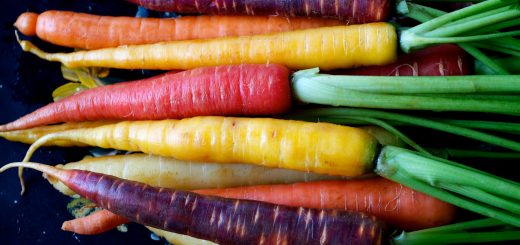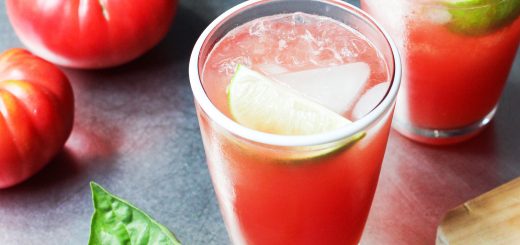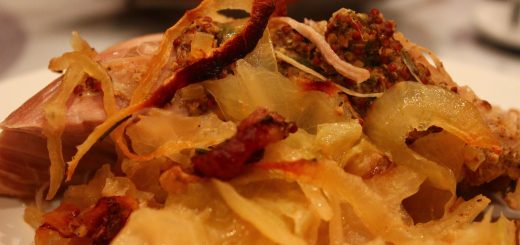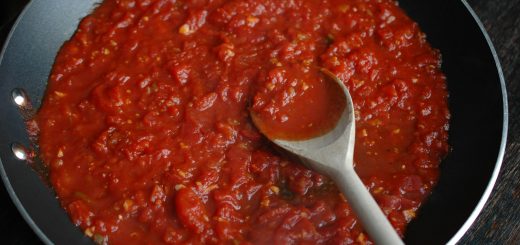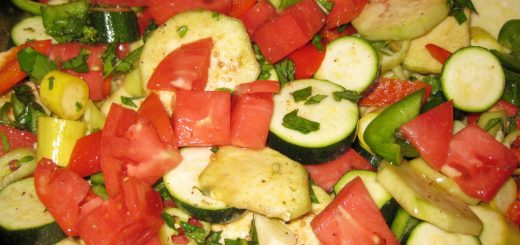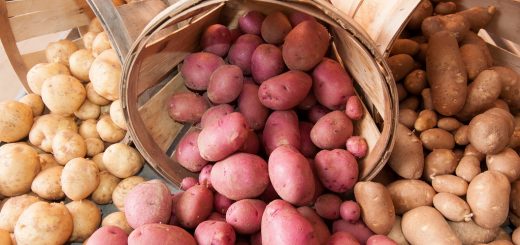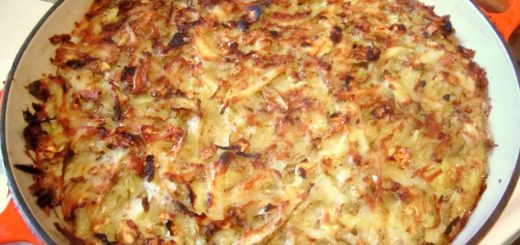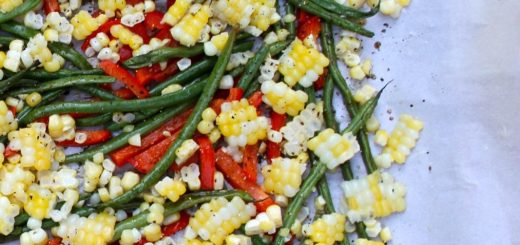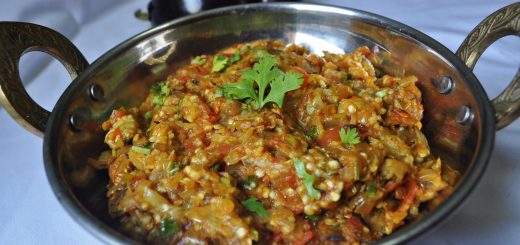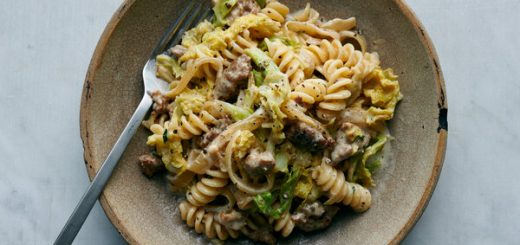Rainbow Carrots
Did you know that carrots are not originally orange? That’s right. The original carrot, which dates back more than 4.000 years to Afghanistan, was purple. The orange carrot didn’t come into being until about 400 years ago, when Dutch farmers bred the carrot to be orange – their country’s color. Today, carrots have been bred in a rainbow of colors, which makes them much more fun to eat, not to mention, more nutritious. (more…)
